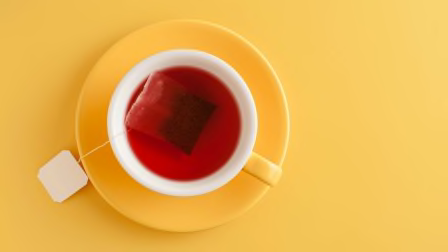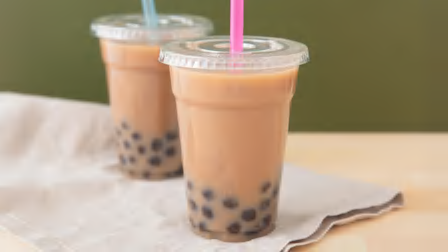Best Nonalcoholic Beers
We tasted many so that we could tell you which ones are worth it—and which one is a watery disappointment
When you shop through retailer links on our site, we may earn affiliate commissions. 100% of the fees we collect are used to support our nonprofit mission. Learn more.

For those who enjoy beer but want to cut down on drinking, a nonalcoholic version can be a nice substitute. It also might be better for your body. The latest studies have shown that alcohol can have a negative impact on your health.
A review published in the journal JAMA Open Network in 2023 looked at the health and drinking habits of more than 4.8 million people and concluded that drinking small amounts of alcohol doesn’t lengthen your life. In fact, for female drinkers who drank a little less than two drinks per day and male drinkers who had around three drinks per day, there was an increased risk of mortality.
While there’s still a limited amount of studies about the effects of nonalcoholic beer consumption, the available data shows that it may be better than beer for improving cardiovascular health, according to a 2022 review published in the journal Nutrients.




















